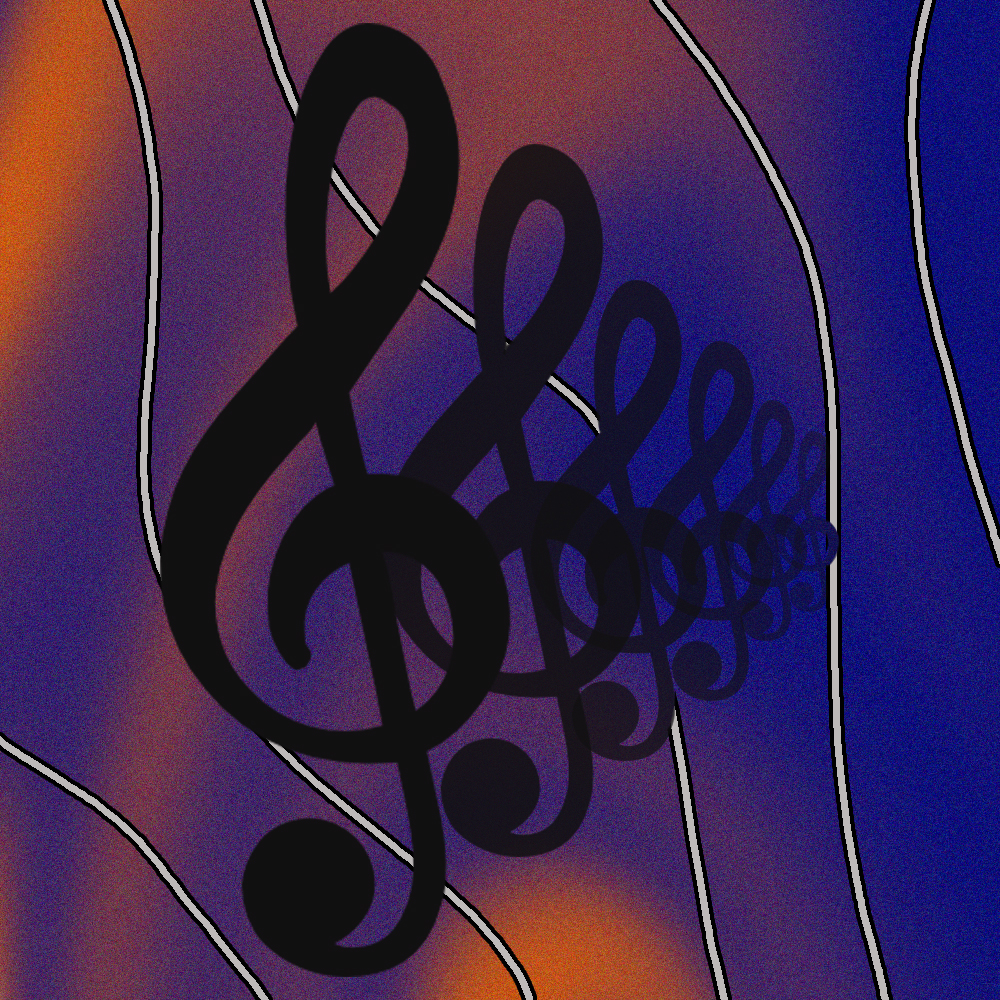Leads are crucially important elements of electronic music and help to engage the listener with catchy and memorable hooks. There is so much scope when making a lead that it can be difficult for a beginner to know where to start. However, effective leads can often be made very simply and need not necessarily be complex in nature.
Want to learn more about leads? Check out our Lead Fundamentals course and 500+ hours of additional course content by becoming an All Access Member.
What is a lead?
A lead is traditionally a monophonic (1-note) sound made by a synthesiser or sampler, which plays the main melody in a track, sitting on top of bass and other accompanying sounds and normally being the part that garners the most attention from the listener. A lead will normally be the sound the listener brings to mind when thinking of the track, over the bassline say (unless the bass is the main sound in the track, such as in Drum & Bass or Dubstep).
A great example of lead composition is The Prodigy’s ‘Voodoo People’, in which the lead is kept simple in the intro and first drop sections, with a repeating 1-note pattern, which develops later into a more complex 8- bar melody in the first breakdown that becomes the main hook of the track:
How is a lead made?
Leads are one of the main types of sounds (presets) in a synthesiser so a good way of composing a lead can be to browse through different lead presets to find one you like, then jam with it to see what sounds good. It’s important to remember when doing this that the lead doesn’t always have to be complicated and playing just one or two notes is often fine, at least when accompanying beats and bass.
Sampling is another popular way of composing leads, where you take a lead sample (audio file) and then use that to come up with a pattern. There are two different ways of working here, where you can either import the sample into a sampler on a MIDI track and play it like you would a synthesiser, or just edit the sample directly on an audio track, with the latter having its advantages (more control and easier for total beginners) and disadvantages (more time consuming, less flexible down the line).
If you have keyboard skills then you might find a sampler is the way to go, so you can have more fun, make the most of your talents and impart more expression into your music. Event without any instrumental skills or musical experience though, it’s possible to learn simple methods for editing audio and MIDI and still come up with great results. Furthermore, with a deeper knowledge of production, effects can be employed to add interest and originality to an otherwise unengaging phrase
To start to get an idea for the sorts of techniques you can use and just how much you can do with a single sample, check out this intro lesson from our Lead Fundamentals course:
Using Loopcloud to make Leads
Loopcloud is an excellent resource for coming up with interesting leads. It has a library that’s brimming with amazing lead sounds, with AI on hand to help you find samples more easily and playlists for organising them exactly the way you want. On top of this though, the Loopcloud app has a built in player that allows pattern presets to be loaded in an instant, transforming a oneshot sample into an engaging riff, complete with automated effects!
On top of that, it comes with two free instruments, one of which (Loopcloud Play) has a tonne of great lead presets that are perfect for making vibey hooks.
Want to learn more about leads? Check out our Lead Fundamentals course and 500+ hours of additional course content by becoming an All Access Member.

